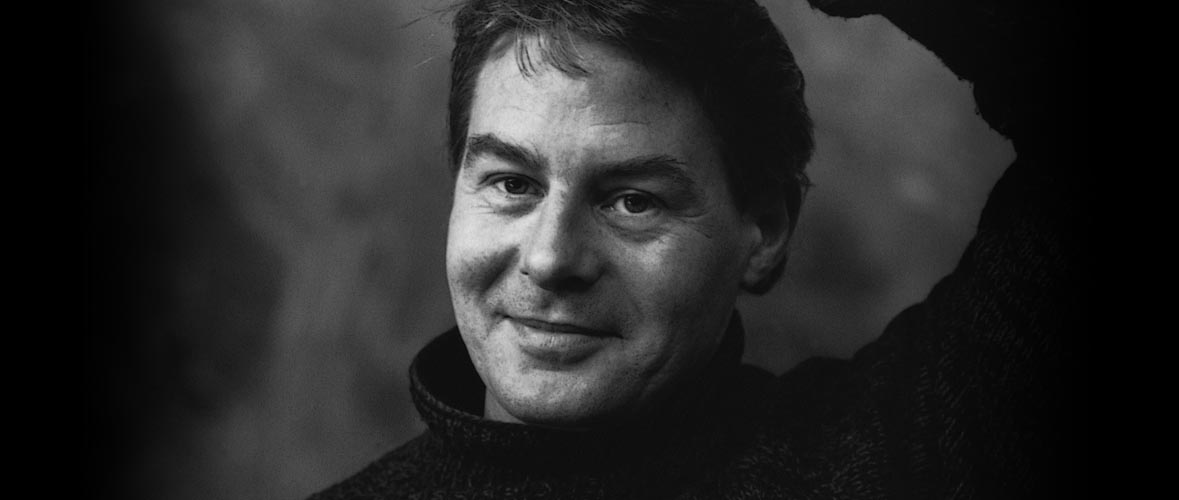

Lucebert, a Dutch painter, poet and photographer, perceived artistic creation as a “children’s playground”, a space for unrestrained playing filled with joy and pure fantasy. He achieved considerable success in painting and poetry. Poetry associated him with the Cobra, an experimental group of young painters and poets. The dual character of his talent was shown in the collections of poetry which included his drawings and prints, such as Lithologi from 1959. Although his early period was largely associated with poetry and photography, he was also concerned with artistic activities. His early work was influenced by Picasso and Miró, but his idiom was gradually associated with the Cobra artists. Due to the expressionist nature of his painting, it is considered its continuation. The human figure plays a key role in his art. His rustic shapes exploit spontaneous children’s drawing and expressively deformed shapes. Their monumental character is accentuated by a prominent dark contour line characteristic of the Cobra painters. Lucebert’s photography is largely associated with his early period and his travels to Bulgaria, Spain and Italy. Although he was an intrinsic lyricist, his images captured the life of ordinary people without romantic adornment. He eloquently called himself ’a romantically idealistic photographer of a slightly idealised world’.





























